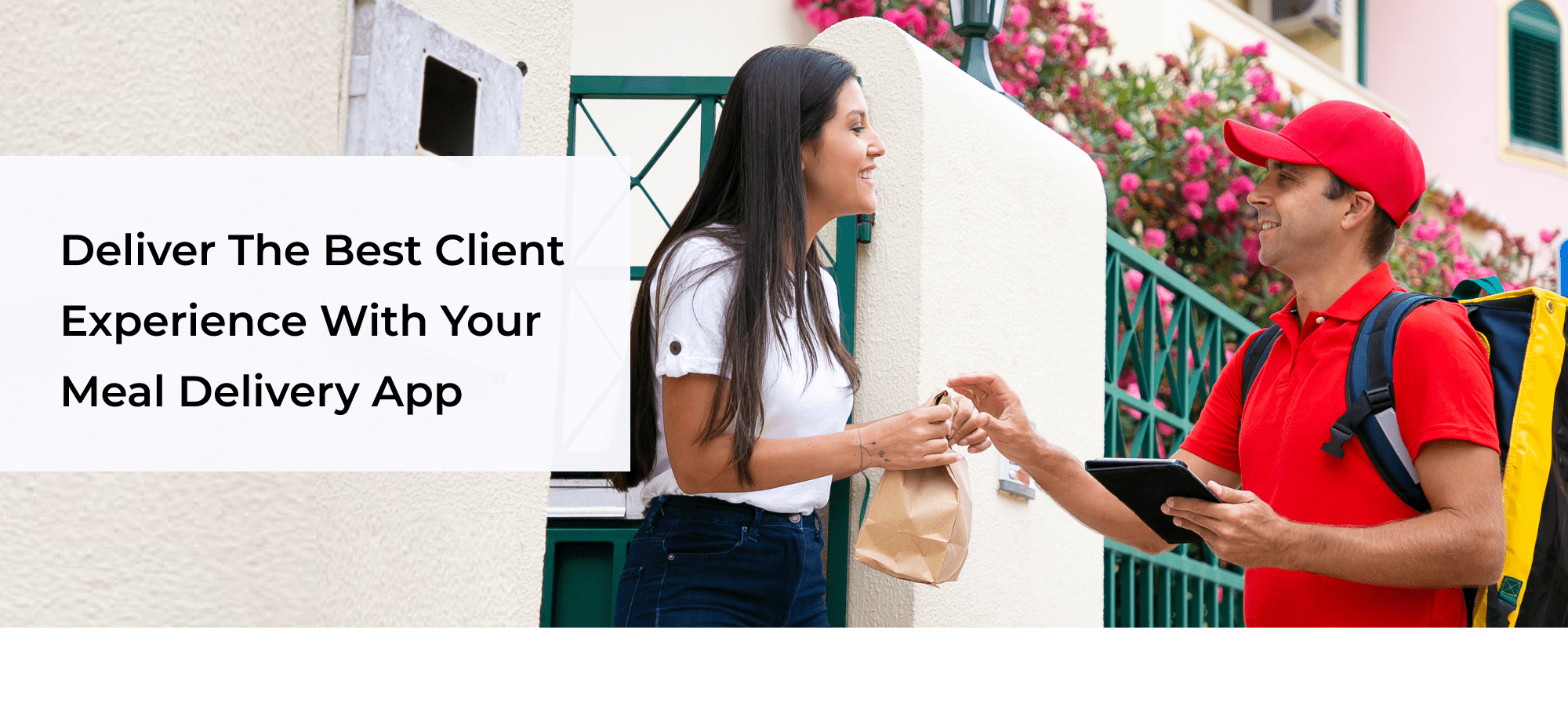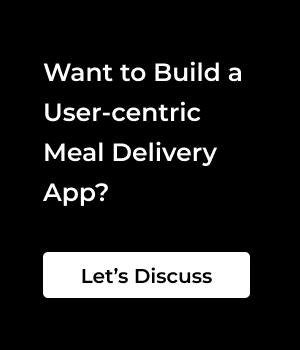The market trend for consumers in recent years has been to turn to eCommerce – which has a current value of around $5.5 trillion and will rise to around $7.4 trillion by 2025. Similar trends have also been seen in the food eCommerce industry, helped in part during the Covid pandemic where these online services became a lifeline, not just for the eating establishment itself, but also for many around the world who could no longer go out to enjoy their favorite food. This is evidenced by the huge jump in meal delivery app users in 2020 and beyond.
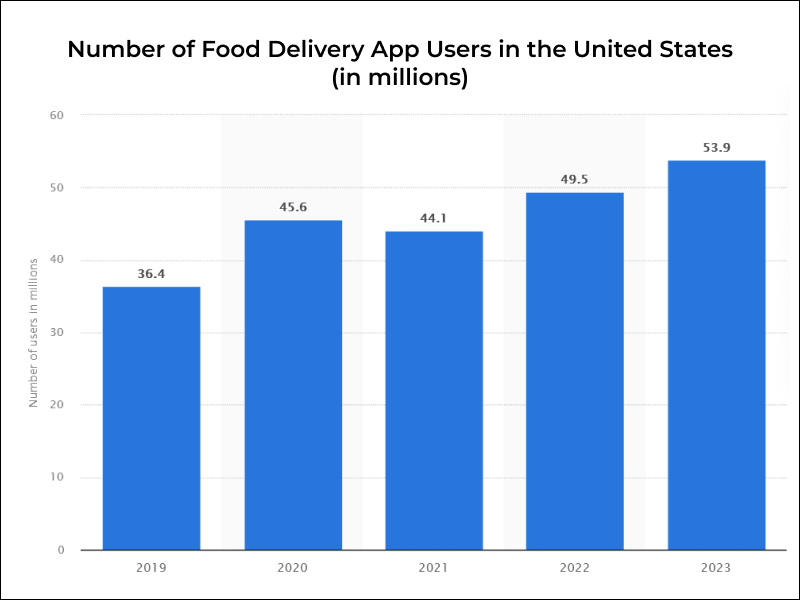 Source: Statista
Source: Statista
The advent of this new kind of industry presents businesses with a fantastic opportunity to tap into people’s very homes in a way never seen before. The system has been revolutionized by clever software for food delivery, fundamentally changing smartphones and point of sale systems.
It is now widely accepted that “the brick-and-mortar restaurant is no longer the focal point of consumers’ dining experiences but a single touch point in a much broader, decentralized and digital-first ecosystem” (Quote Source: Paytronix). Yet, many restaurants are still somewhat unwilling to accept that a digital ordering feature that works well is the price to be paid to enter this new market.
In order to squeeze the most juice out of meal delivery apps for your company, which accounted for some 14% of restaurant sales in 2021, let’s look at some of the major features of these apps and how to make them work effectively.
The Basics of Meal Delivery Apps
What makes these apps so successful? For one, sometimes there just isn’t time to cook, or for that matter bother dressing up and going to a restaurant. Convenience is absolutely key. And this often means you save money, not just on petrol, but also on online promotions.
Recent improvements also make everything seem rather effortless and immediate – you can choose anything, right from your sofa, and it usually arrives within 30 minutes. This is often before you even have time to choose what to watch after you finish eating. This is all thanks to hugely complex logistical systems. Using custom software development companies can be a great way to suit your individual needs.
However, this can be an issue in itself. With such an impressive logistical system, and soaring demand, there can sometimes be problems with delivery – and research suggests people have very high expectations of meal delivery apps. They tend to blame both the restaurant and the app itself.
Not only this, but with so much choice around, the market is rather saturated and customers are spoilt for choice. This leaves it up to platform providers to not only help customers make choices, but to encourage engagement through a well designed app. This all starts with providing an excellent customer experience.
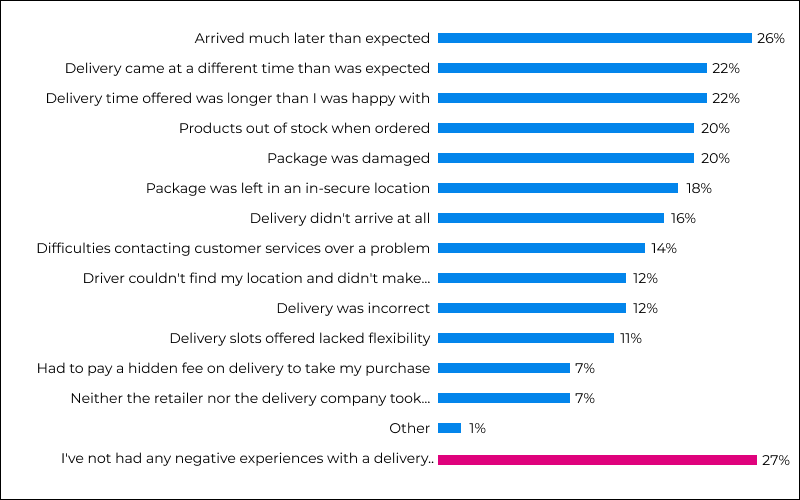 Source: Descartes
Source: Descartes
Why it’s Important to AMP up your Customer Experience
This is the feeling you get after any interaction with a company. How did you make this interaction, through a call center, an app or social media? And were you happy with the treatment you got? If your answer is yes then you got an amazing customer experience, and you are probably likely to use that company again meaning you will begin trusting them and become loyal to that company.
And you really want your customers to come back for more – according to a recent survey it costs up to five times more to acquire new customers than retain old ones. And what about a bad customer experience? Some 64% of consumers say that they have stopped doing business with a company if this happens.
Top Tips to Improve Experience on your Delivery App
In a nutshell, ensuring your meal delivery app’s client experience is amazing offers a fantastic opportunity to see a great return on investment. By following these tips you can crack open this lucrative market.
Great user experience
If you want your app to provide a great user experience, make sure it is eye catching and easy to navigate, which will give any potential customer a great first impression. You also don’t want to over complicate matters by having a convoluted sign-up system – allow new users to connect with their email or social media. Dialpad’s virtual receptionist service could be a great way to offer customer support for individual restaurants who might not have the capacity to offer 24/7 phone service.
Other basics like an efficient search bar, which allows app users to refine their search based on cuisine, distance or cost will make customers feel valued and make them feel like you are focusing on their needs.
Something less obvious might be visual instruction features for the delivery person, like a photo of where to leave the food, and the ability to send messages to them. This could also be connected to a live delivery tracker connected to the restaurant and the courier – such features also encourage engagement as customers keenly watch the cooking stage of their pizza.
Why not try opening your app to more people through shared payment, social sharing and referral initiatives? You can empower your current users to do the job of client acquisition for you.
Building a user-focused App needs Core Industry Analysis
Using data
By maintaining a consistent client base, you are well on your way to possessing data to help you make further sales, while indirectly affecting the user experience.
Using data can be a fantastic way to make customers feel like you have taken their interests into consideration by personalizing ads, giving inspiration or providing discounts based on their purchasing habits. Such upselling or cross-selling techniques can mean big profits from people making impulse purchases due to receiving personalized ads.
Try thinking about offering your staff data engineer training as this role becomes increasingly important within businesses.
Clear customer query resolution plan
Although we always strive to run like clockwork, the reality is that sometimes things go wrong, and the meal delivery market has its challenges. People are happy to accept mistakes, so long as there is a customer service system in place that is not only efficient but consistent.
For example, does your platform offer in app chat support – both human and AI? Such features ensure customers feel more engaged. Having an effective AI could also help you collect data from your customers in real time. They can also solve up to 75% of FAQs, which saves the customer time, empowers them to take action themselves and encourages them to spend more in the future.
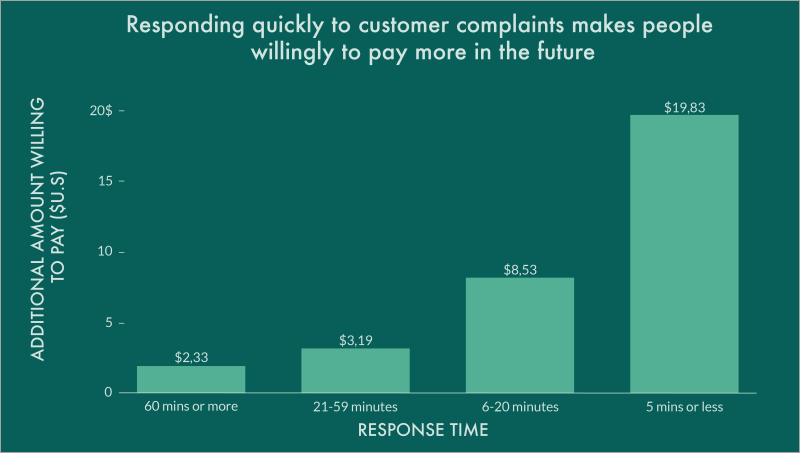 Source: hbr
Source: hbr
If an AI can’t help you, it’s time to think about the human point of contact. By encrypting numbers with drivers, it is possible for customers to communicate with them without the concern of sharing private information. You should also have a function that allows for human-to-human interaction, and a cloud-based contact management system could help you do this around the clock, improving the customer experience, and transcribing calls and even customer sentiment in real time.
Improve engagement
If people don’t return to your app, it could be that they did not feel very engaged with it. Perhaps the user experience was lackluster, or they were offered no opportunity to express their opinions. Think about offering the chance for social sharing on your meal delivery app. This allows your customers to post pictures and reviews about restaurants, making them feel involved and appreciated, while also legitimizing your brand and leveraging more loyalty and support.
Another way this can be achieved is using forums, which in the past used to require setting one up from scratch but can now be done faster and cheaper, without too many tech skills, using software companies. Make sure you spend time researching the best forum software.
Think about offering the chance for social sharing on your meal delivery app, such as DingDoong: Delivery and Pickup. This allows your customers to post pictures and reviews about restaurants, making them feel involved and appreciated, while also legitimizing your brand and leveraging more loyalty and support.
Customer loyalty program
As already stated, keeping old customers is far easier and cheaper than gaining new ones. In the dynamic and crowded digital meal delivery market, this is incredibly important. Loyal customers are not just more economic, they tend to spend more money and help create and maintain your brand image. Research also suggests that a purchase, especially for a non-essential item, is generally an emotional process – so it is very important that you build that emotional connection with your customer.
Apart from making the customer have a pleasant experience, how can this be achieved? By doing all of the above and beginning to run a customer loyalty programme.
This is an initiative that offers benefits to frequent customers like discounts, rebates and free products. You could do this by offering a point scheme, setting up a membership program, offering rewards for referring a friend, or even a period spend offer to encourage purchasing.
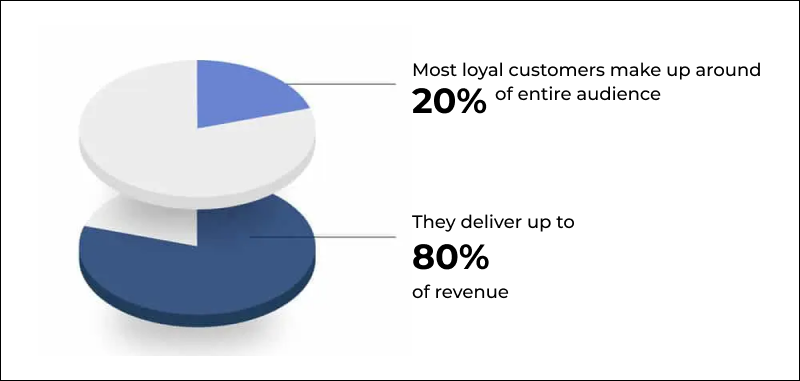 Source: emarsys
Source: emarsys
Customer retention
This comes hand-in-hand with loyalty. If you reward your customers, you will keep them, and repeat customers increase the profitability of your company. This can be done by having a meal delivery app which works well. However, if your app has a low retention rate and an even lower engagement rate you are doing something wrong.
You can analyze your data; which demographic is happy, which not? Are there particular trends that appear? How engaged are your users, and can you engage them more effectively? Retaining your customers means lower marketing costs and greater profitability – they have returned because they like your product and service.
Leverage our Agile Services to Purpose-build your App Incrementally
Start bringing Home the Bacon
As you can see, when meal delivery apps are done well, it can encourage loyalty among customers and keep them coming back for more. Engage them with rewards, personalized ads and a great user experience. Furthermore, empower them to engage with your company through forums and review options to cement trust in your brand.
